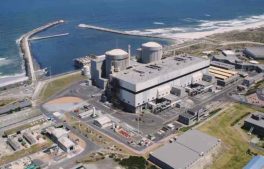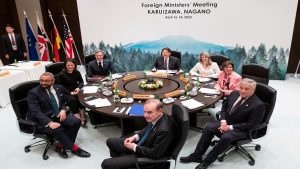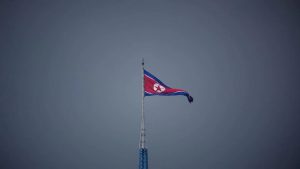Nuclear power is losing ground to renewables in terms of both cost and capacity as its reactors are increasingly seen as less economical and slower to reverse carbon emissions, an industry report said. In mid-2019, new wind and solar generators competed efficiently against even existing nuclear power plants in cost terms, and grew generating capacity faster than any other power type, the annual World Nuclear Industry Status Report (WNISR) showed.
“Stabilising the climate is urgent, nuclear power is slow,” said Mycle Schneider, lead author of the report. “It meets no technical or operational need that low-carbon competitors cannot meet better, cheaper and faster.”
The report estimates that since 2009, the average construction time for reactors worldwide was just under ten years, well above the estimate given by industry body the World Nuclear Association (WNA) of between 5 and 8.5 years.
The extra time that nuclear plants take to build has major implications for climate goals, as existing fossil-fuelled plants continue to emit CO2 while awaiting substitution.
“To protect the climate, we must abate the most carbon at the least cost and in the least time,” Schneider said.
Nuclear is also much more expensive. The cost of generating solar power ranges from $36 to $44 per megawatt hour (MWh), the WNISR said, while onshore wind power comes in at $29–$56 per MWh. Nuclear energy costs between $112 and $189.
Over the past decade, the WNISR estimates levelised costs, which compare the total lifetime cost of building and running a plant to lifetime output, for utility-scale solar have dropped by 88% and for wind by 69%.
For nuclear, they have increased by 23%, it said.
Capital flows reflect that trend. In 2018, China invested $91 billion in renewables, but just $6.5 billion in nuclear.
In the United States, renewable capacity is expected to grow by 45 GW in the next three years, while nuclear and coal are set to retire a net 24 GW.
China, still the world’s most aggressive nuclear builder, has added nearly 40 reactors to its grid over the last decade, but its nuclear output was still a third lower than its wind generation. Although several new nuclear plants are under construction, no new project has started in China since 2016.
Global nuclear operating capacity has increased 3.4% in the past year to 370 gigawatts, a new historic maximum, but with renewable capacity growing quickly, the share of nuclear in the world’s gross power generation has stayed at just over 10%.
In the decade to 2030, 188 new reactors would have to be connected to the grid to maintain the status quo, which is more than three times the rate achieved over the past decade, the WNISR estimates.
In May, the International Energy Agency warned that a steep decline in nuclear capacity will threaten climate goals, as advanced economies could lose 25% of their nuclear capacity by 2025.






